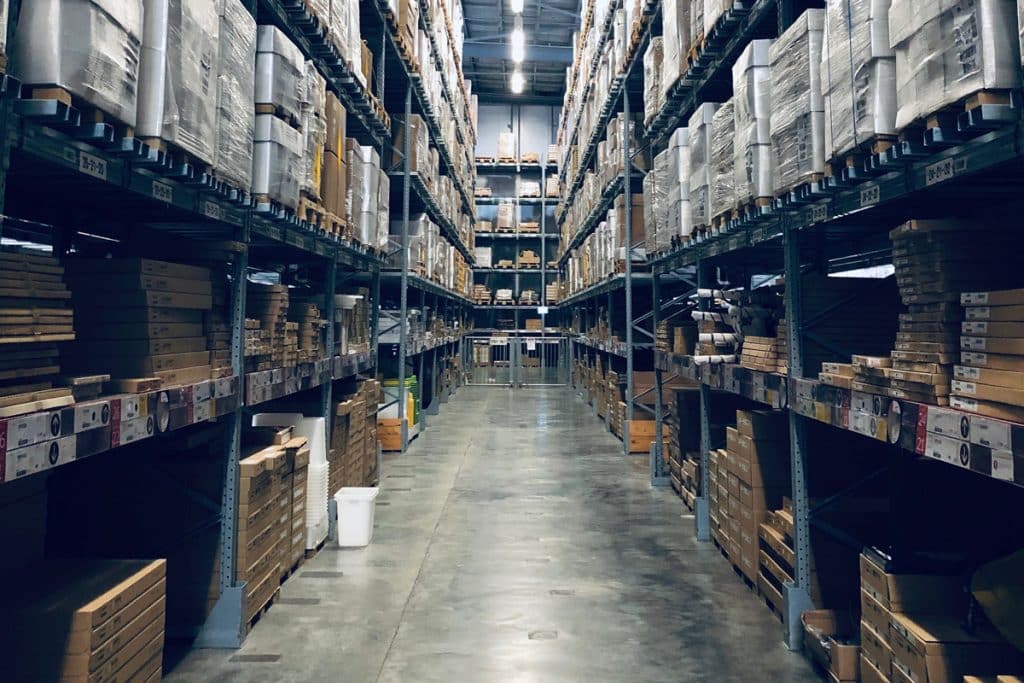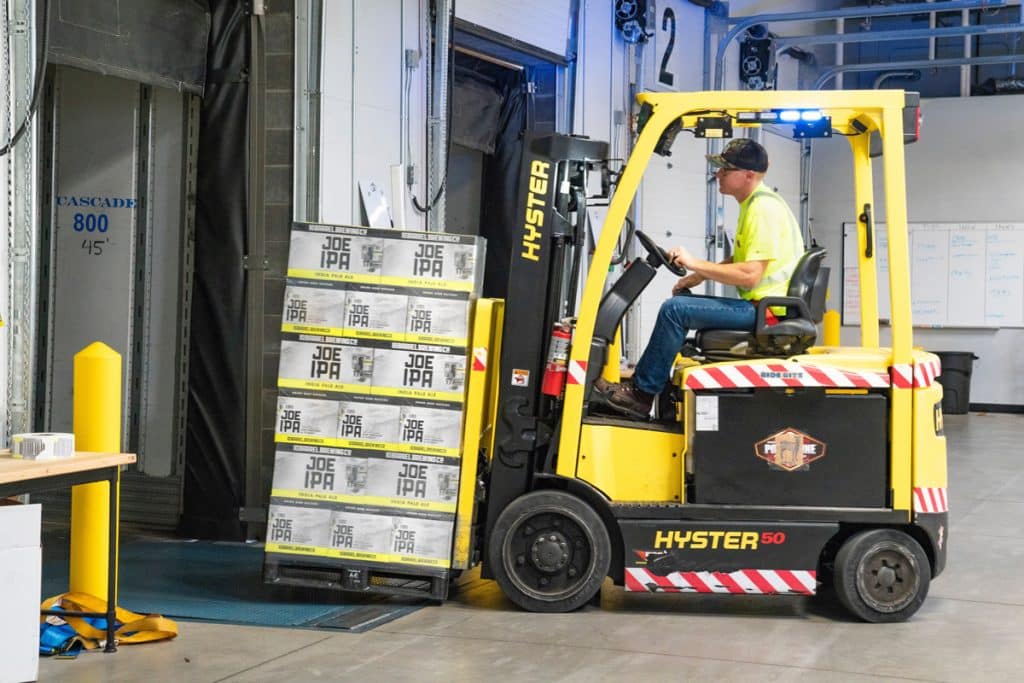For this global industrial manufacturer of vehicles and engines, production depends on exceptional and reliable service throughout the supply chain. When the manufacturer was looking for a partner to manage its distribution centers, it sought a company familiar with the challenges of automobile supply chain management and decided on Penske Logistics. Penske has managed inventory in two of the manufacturer’s facilities in Mexico since 2002.
Inventory visibility is crucial. Warehouse inventory has to be able to interface with the production side of the business and they have to be able to connect within the supply chain to know what is in the warehouse and what is on a truck or stored in a trailer.
Dave Bushee, vice president of logistics technology, Penske Logistics
As part of its work, Penske manages one 150,000-square-foot internal distribution center and one 400,000-square-foot external distribution center. It provides receiving, storage, sequencing, kitting and repacking. Penske handles large parts and modules as well as shipping racks and the trailer yard. Penske also designs and produces the material sequencing racks in-house, saving production space and reducing downtime.
The actions inside a distribution center are the catalyst for speeding deliveries, managing inventories and cutting costs. Penske’s proprietary technologies track the flow of inventory through and around the distribution center, monitor product velocity, and provide advance notice of arrivals. Since coming on board, Penske has focused on reducing and controlling inventory, improving the receiving area and boosting productivity. Penske leverages a data repository that provides a single, high-level, comprehensive view of the manufacturer’s overall operations, which allows the team to increase efficiency. Information about incoming and outbound products can be transmitted electronically between supply chain partners, and the information is automatically loaded into the core system.





